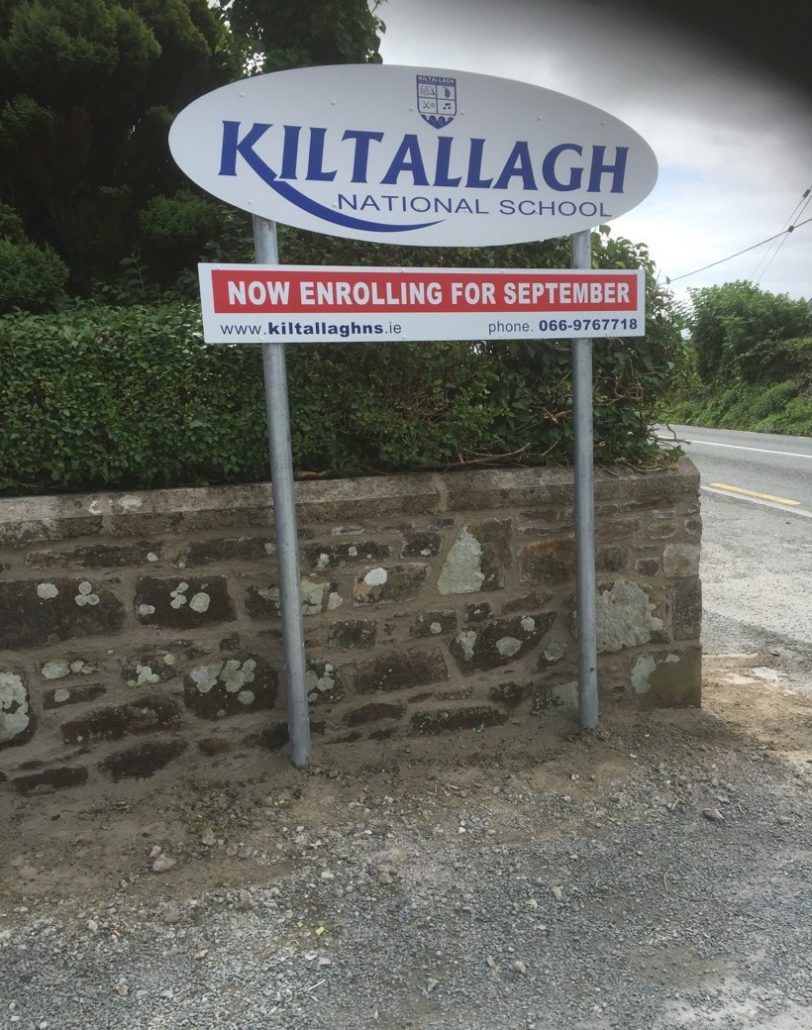Kiltallagh National School Conservation and Restoration Work
A wall outside Kiltallagh NS was restored for the Office of Public Works and County Council in Kerry.
The lime mortar restoration involved racking out the old joints, washing the wall clearing all debris and curing wall when needed.

All About Preparation
Joints should be cleaned of dust and debris from top to bottom using brushes, compressed air or with a hose for the water that takes the dust from the joints on its way down. Power washers are very strong and can create rather than remove any dust left in the joints. This is important as dust that is left in the joints.
(The Work)Application
The wall should be dampened down the day before and a few hours before re-pointing. It is important to control the drying time by protecting the walls from the sun and wind to avoid a fast drying and a poor carbonation(chemical reactions).
It’s good practice to spray the fresh joints with water to slow down the drying process. Lime mortar should not be used if the temperature is below 5 degrees or likely to freeze in a few days.
Mortar should be manipulable but at the same time as stiff as possible, too much water will encourage cracks when drying. The lime mortar should be pushed into the back of the joints in layers, avoiding large volumes of deep filling at all times
The Finishing Touches
The mortar is ready for finishing when it still looks damp but has hardened, so that a finger pressed onto the surface barely leaves any impression.
Once the surface of the mortar is firm, the joints are brushed with a soft wire brush. If this process is undertaken before the surface has stiffened mortar will be smeared onto the face of the stonework or bricks.
Avoid creating an uneven surface to the joint. It’s best to aim for a flat, vertical face to the joint, flush with the face of the stone or brick.



